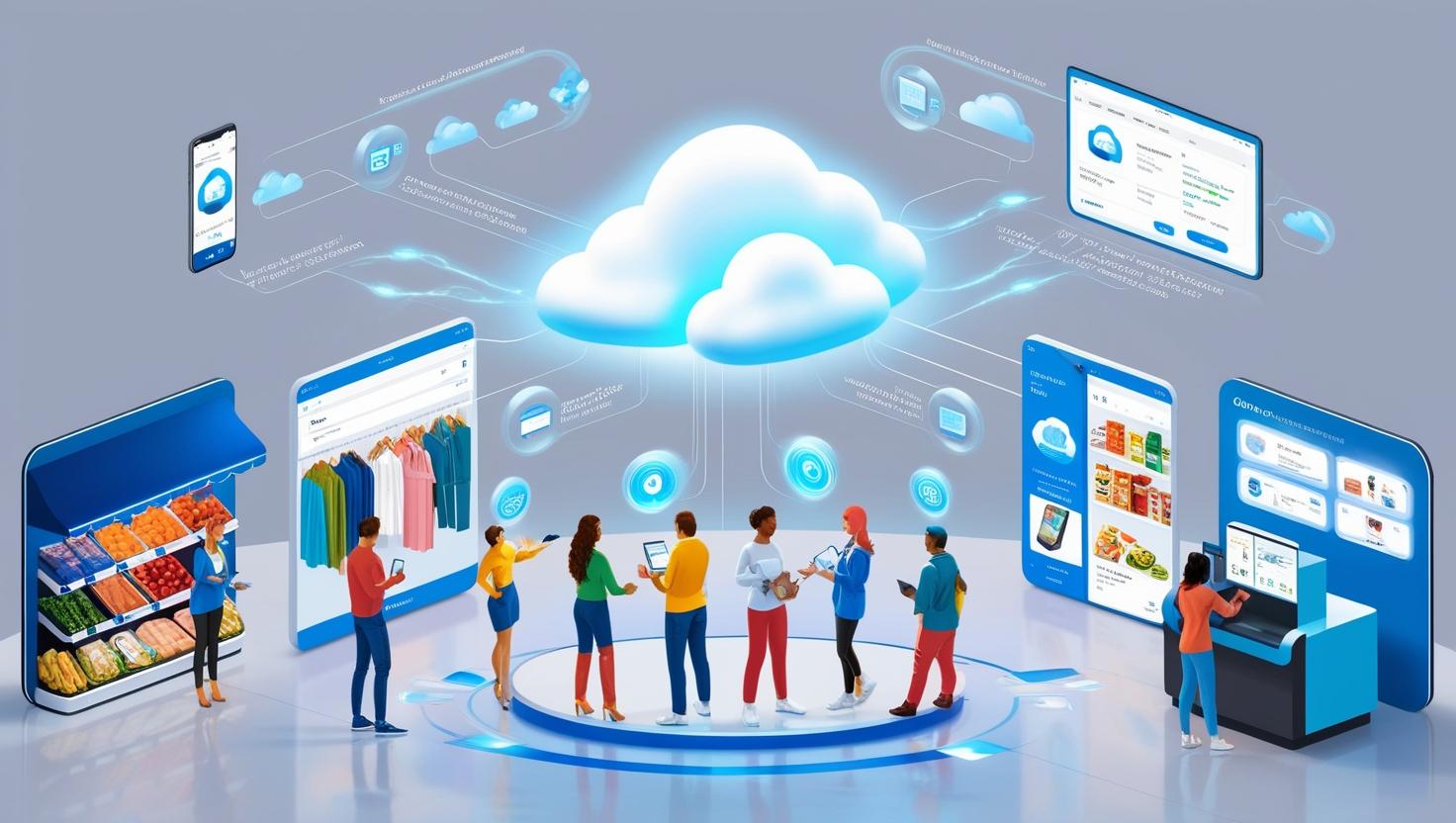The Rising Tide of Customer Expectations
Just a few years ago, any personalization at all impressed online shoppers. Basic tactics like showing recently viewed items or best sellers based on past purchases were novel and engaging.
But user expectations have evolved at lightning speed. Today’s consumers demand more relevant, individualized recommendations tailored specifically to them. Research shows:
- 83% of shoppers now expect some level of personalization
- Over 70% get frustrated with tone-deaf suggestions
- 40% will abandon a retailer after just one bad experience
Brands can no longer rely on antiquated one-size-fits-all approaches. Achieving cut-through and conversion requires understanding each customer’s unique interests and preferences.
Key Failings of Traditional Personalization Methods
Many companies still utilize simplistic rule-based recommendation engines. These often rely on assumptions like:
- “Users who viewed item A also viewed item B”
- “Those who bought X frequently buy Y”
- “Customers from Z location want these products”
This logic powers sections like “Recommended For You” and “Frequently Bought Together.” But generic claims routinely miss the mark. They fail to account for the individual’s ever-shifting context.
Other pitfalls include:
- No user identity – Untargeted suggestions seem random
- Lacks context – Doesn’t consider device type, location, current activity etc.
- Labor intensive – Requires manual tweaking of complex rules
- Poor accuracy – Low relevance frustrates customers
- Limited scale – Hard to personalize uniquely across audiences
Without major upgrades, legacy recommendation platforms can’t deliver the resonant experiences users demand.
AI-Driven Personalization With Amazon Personalize
New machine learning capabilities enable accurate recommendations at massive scale. With Amazon Personalize, tailoring suggestions uniquely to each customer happens automatically.
Sophisticated algorithms relentlessly analyze enormous datasets like:
- Historical transactions
- Product views
- Search queries
- Ratings and reviews
The system identifies predictive patterns. It determines which items individual users prefer based on parameters like:
- Location
- Past purchases
- Time of day
- Current activity or context
As site interactions continue, Amazon Personalize progressively enhances relevance. It learns nuanced distinctions between customer interests to make results hyper-targeted.
Architecture for Context-Aware Experiences
With some easy configuration, brands can enable context-aware experiences with Amazon Personalize:
![Architecture diagram showing 4 main steps: Ingest user data, Train ML models, Get real-time predictions, Capture event data]
The process includes:
- Ingest user data like transaction history, web/app behaviors, item attributes etc. This trains the machine learning models.
- Configure and train ML models to uncover patterns in the datasets
- Retrieve real-time predictions via API calls, tailored to each user and context
- Collect new event data like purchases, ratings, searches to continually enhance accuracy
As context changes – e.g. user location, device, daytime vs evening – recommendation results adapt seamlessly. This achieves highly relevant suggestions timed to align with shifting buyer needs.
Use Case: Apparel Retailer Personalizes Across Channels
Consider an online apparel company selling women’s clothing and accessories globally. Despite a vast catalog, site metrics showed:
- Low average order values
- High cart abandonment
- Few second-time purchasers
They decided to overhaul their rudimentary “Recommended For You” sections powered by simplistic rules. Integrating Amazon Personalize enabled analyzing:
- Hundreds of thousands past transactions
- Millions of browse and search events
- Important context like user geolocation, device, weekday vs weekend
Now real-time predictions generate hyper-targeted suggestions tailored to each customer. When regular buyers visit via iPhone during weekends, recommendations feature new arrivals matching their size and style history. Email deployment also triggers cart abandonment flows with discounted personalized product bundles driving 20% higher re-engagement.
In just months, key gains included:
- 38% increase in recommendation click-through & conversion
- 15% lift in average order value
- 27% more repeat annual transactions
Hard Results Across Industries
Contextualized experiences deliver measurable gains regardless of sector:
- eCommerce – Typical 12-18% revenue bump per user
- OTT video – Average 13-25% engagement gains
- Gaming – Over 40% increases in conversion and retention metrics
- Financial Services – Personalized offerings drive 22-38% sales lift over defaults
And with a fully managed cloud platform like Amazon Personalize, achieving these benchmarks scales cost-effectively.
Frequently Asked Questions
Q. How much data is required to begin?
A. Amazon Personalize can deliver strong initial results with surprisingly little…
Q. What specialist skills are needed to manage and maintain?
A. A key benefit is no ML expertise required. With fully managed services…
Q. How quickly will I see measurable gains?
A. Improvements in key metrics like click-through rate start immediately…
Q. How often should we retrain models for optimal accuracy?
A. Amazon Personalize manages this automatically, but performance…
Conclusion
With rising expectations, bad recommendations now directly equal lost customers. This forces brands to evolve rapidly.
Using advanced machine learning, context-aware experiences feel almost magical – as if the site intimately knows your needs. This captures attention while building enduring affinity.



